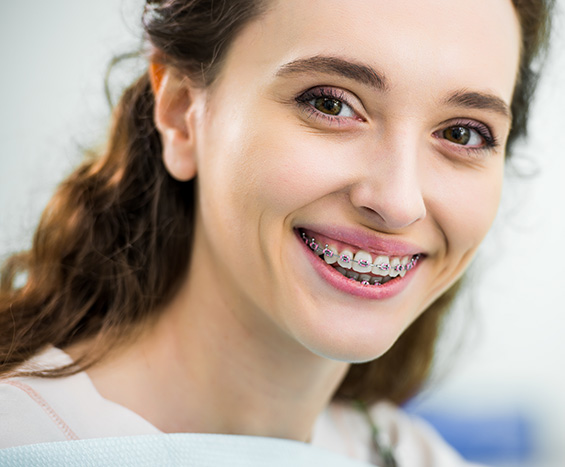Today, there are more options than ever before for straightening your smile. Standard metal braces are still the most popular, but you can also choose from self-ligating braces, clear and ceramic braces, lingual braces, and Invisalign.
Standard metal braces – Metal braces are still the most commonly used in orthodontics for one reason – they are the most reliable. If you are worried about the aesthetics, today’s metal braces aren’t like those of the past. They are smaller and sleeker than ever before. They are also more comfortable, and many use heat-activated archwires that use your body’s own heat to help guide the teeth to their new locations. Metal braces are also the most cost-effective.
Clear and ceramic braces – If you want the durability of metal braces, but not the look, clear and ceramic braces are a great option. They use brackets that will blend in with your natural smile, so you won’t have the metal mouth look. Many can also use tooth colored archwires to make them even more discrete.
Self-ligating brackets – These braces look similar to standard metal braces, but these are “tie-less.” That means there is no elastic holding the archwire to the brackets. This allows for less friction and more comfort during the tooth moving process.
Invisalign – Invisalign is the clear, comfortable way to straighten your smile, without impacting your everyday routines. Invisalign consists of a series of clear, removable aligners that are changed out every two weeks. Because the aligners are invisible, no one will even know you are wearing them. And because they are removable, you don’t have to alter your diet or oral care routine.

